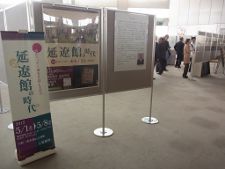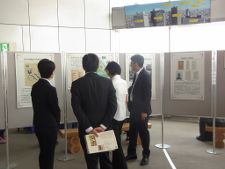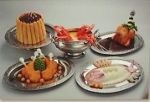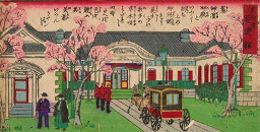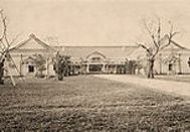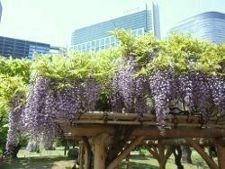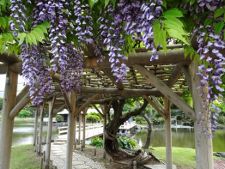Many antenna shops in the prefecture in Chuo Ward have good use of brand names already known throughout the country, and products bearing the name of a celebrity from the local area.![]()
At Mie Terrace, an information dissemination center in Mie Prefecture, which is in Nihonbashi Muromachi 2-chome YUITO ANNEX, I found the product below and bought it.![]()
"Matsusaka Beef Chips" and "Ise's Kunimitsu Tayu Arare".![]()
The former was ![]() a familiar super-strong brand "Matsusaka beef", but when I first saw it, I felt like "Who is Mitsutayu?" It is also called "Suzuka's specialty."
a familiar super-strong brand "Matsusaka beef", but when I first saw it, I felt like "Who is Mitsutayu?" It is also called "Suzuka's specialty."
From the clothes of the person printed on the bag, I noticed, "Is it Kotayu Daikokuya who was in Russia?", But in the first place, "Are you Kotayu Daikokuya from Mie Prefecture?"
Excuse me, ![]() I was from Suzuka City, Mie Prefecture.
I was from Suzuka City, Mie Prefecture.![]()
Kotayu Daikokuya was the captain of a round boat (carriage ship) based in the port of Shiroko Ise (currently Suzuka City, Mie Prefecture) in the late Edo period.
In Tenmei 2 (1782), a boat heading for Edo drifted due to a storm and drifted ashore on Amchidka Island in the Aleutian Islands (then Russian territory). Kotayu requested to return home with an audience with Empress Eccherina II at St. Petersburg, the capital of the Russian Empire, and returned to Nemuro Port in 1792, about nine and a half years after drifting. did.
At that time, Sadanobu Matsudaira, a senior citizen of the Shogunate, tried to negotiate with Russia using Kotayu, but Sadanobu himself lost, and was given a mansion in Edo, and as one of the few foreign observers Hoshu Katsuragawa (Tsukiji) And interacted with Dutch scholars such as Gentaku Otsuki and contributed to the development of Dutch studies.
Kotayu was invited to a party (Shingenkai) to celebrate the New Year of the Netherlands held by Gentaku Otsuki in 1795, and had a relationship with many intellectuals, including Hoshu Katsuragawa. That's right.
![]() The picture below depicts the state of the Shingenkai at Shibarando, a private school in Gentaku Otsuki. (Shibarando Shingenkai map (part), Ichikawa-dakeyama painting)
The picture below depicts the state of the Shingenkai at Shibarando, a private school in Gentaku Otsuki. (Shibarando Shingenkai map (part), Ichikawa-dakeyama painting)
It is said that the person in the red frame is Kotayu.![]()
Shibarando was located in Kyobashi Mizutanicho at this time, and Kotayu himself was also involved with Chuo-ku.![]()
While thinking about the things, "Matsusaka beef chips" and "Kotayu Arare" were delicious.![]()
![]()
![]()
![]()
![]()
![]()
![]()
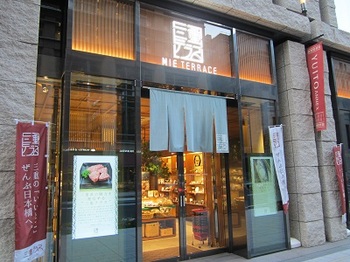
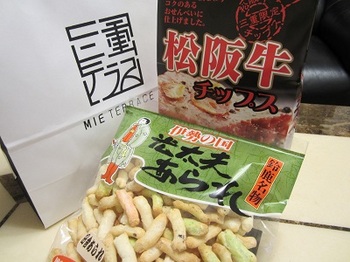
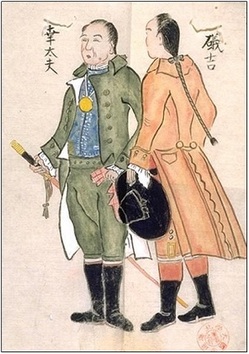
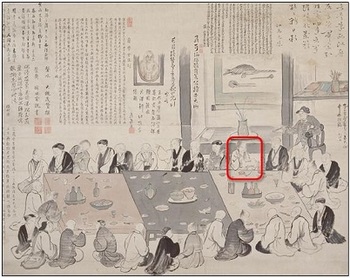
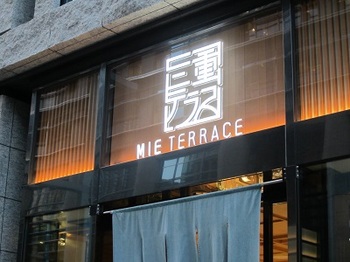
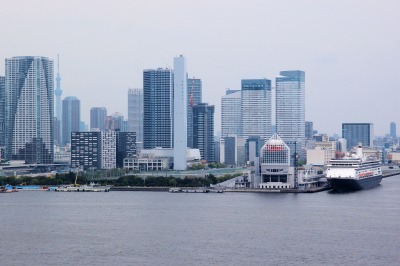
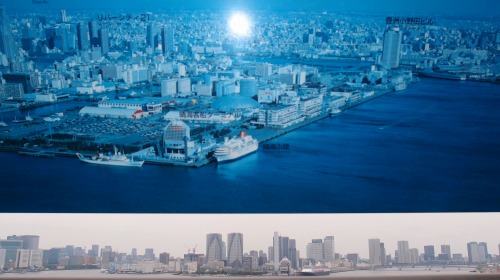 What? This panel is somewhat different when compared to the actual scenery. There are no skyscrapers that should be in Kachidoki or Harumi.
What? This panel is somewhat different when compared to the actual scenery. There are no skyscrapers that should be in Kachidoki or Harumi.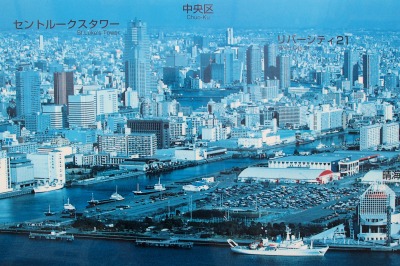 Comparing the scenery from the Rainbow Bridge about 20 years ago with the current view of high-rise apartments, I think that such an increase in the population is natural.
Comparing the scenery from the Rainbow Bridge about 20 years ago with the current view of high-rise apartments, I think that such an increase in the population is natural.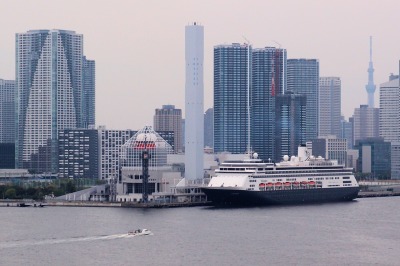 VOLENDAM is a Dutch-flagged ship with a total length of 61,214 tons and a total length of 238 meters. In terms of length alone, the length of Kachidokibashi is 246m, so it is comparable to that.
VOLENDAM is a Dutch-flagged ship with a total length of 61,214 tons and a total length of 238 meters. In terms of length alone, the length of Kachidokibashi is 246m, so it is comparable to that.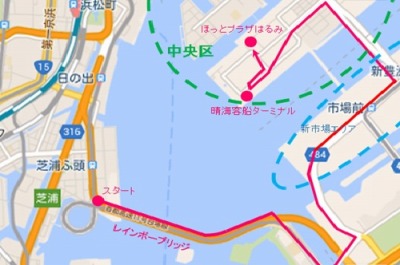
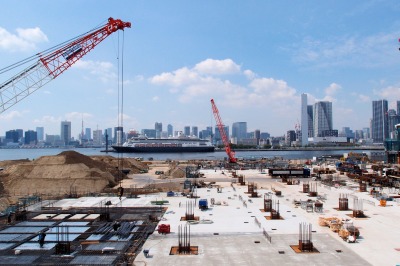
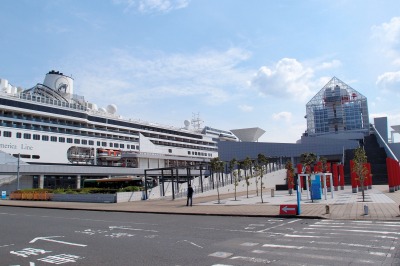
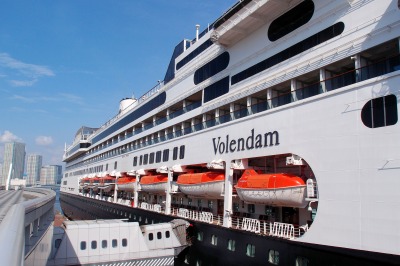 There is also an impression that you can't taste unless you see it from nearby.
There is also an impression that you can't taste unless you see it from nearby.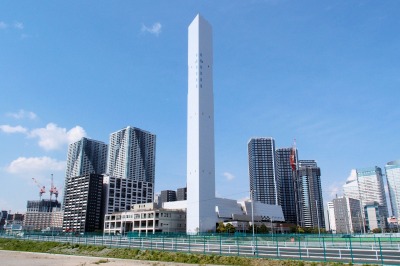
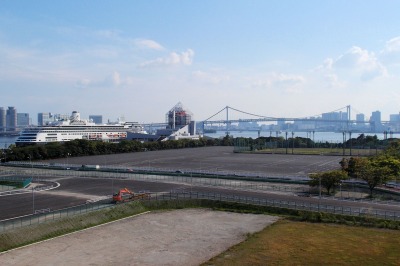 Oh~. Although it was quite a long distance, I was blessed with the weather and I was able to enjoy it easily.
Oh~. Although it was quite a long distance, I was blessed with the weather and I was able to enjoy it easily.